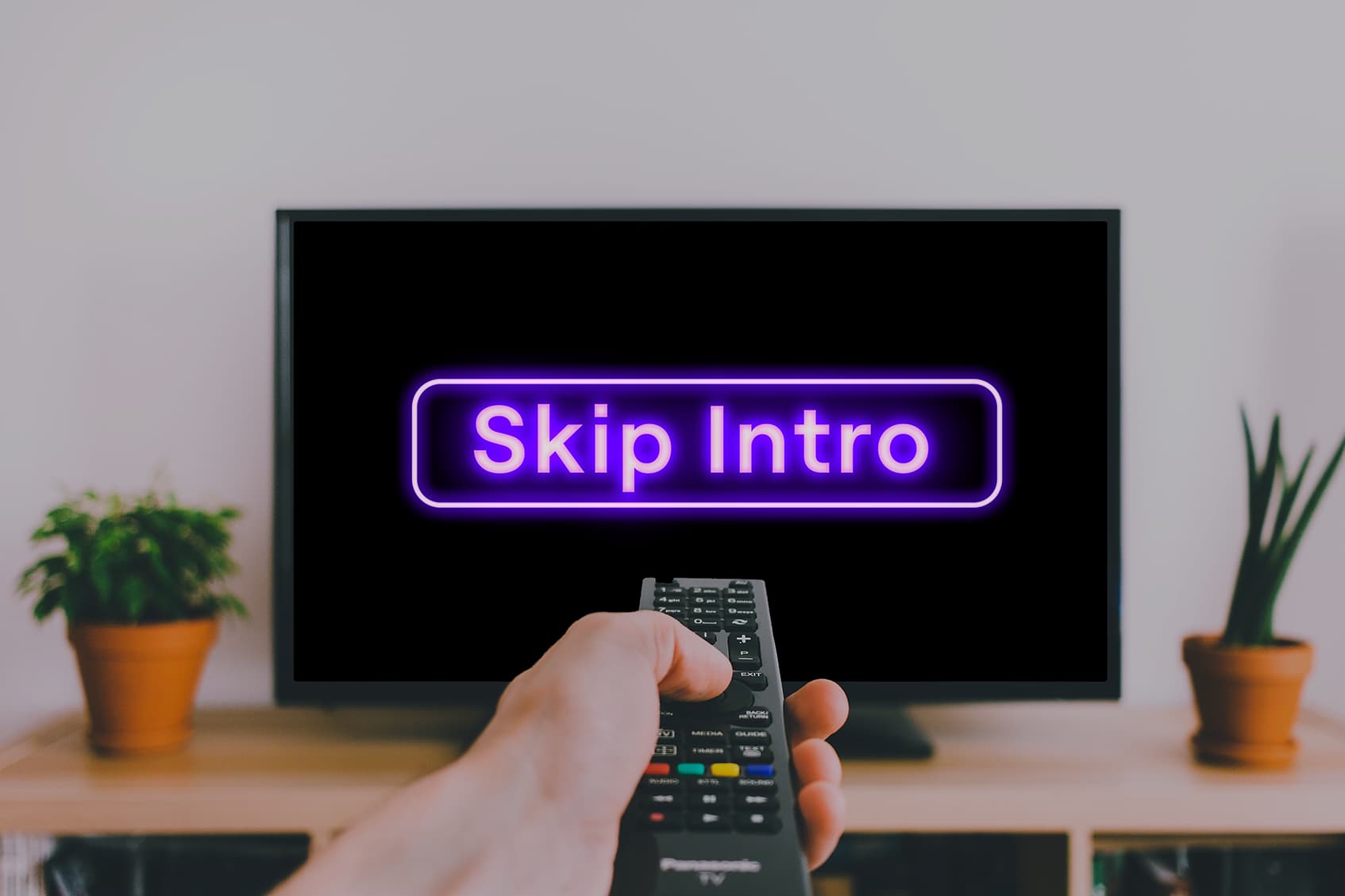 News Media
News Media The Changing Face of the News
Comparing Approaches to News Programming

The days of Walter Cronkite after dinner and the morning paper over breakfast are long gone. Today’s news consumers ingest information about local and world events through countless outlets across an ever-shifting range of different media formats. But which formats are most effective in terms of both entertainment and knowledge sharing? We executed a study on two popular news approaches to explore this question.








